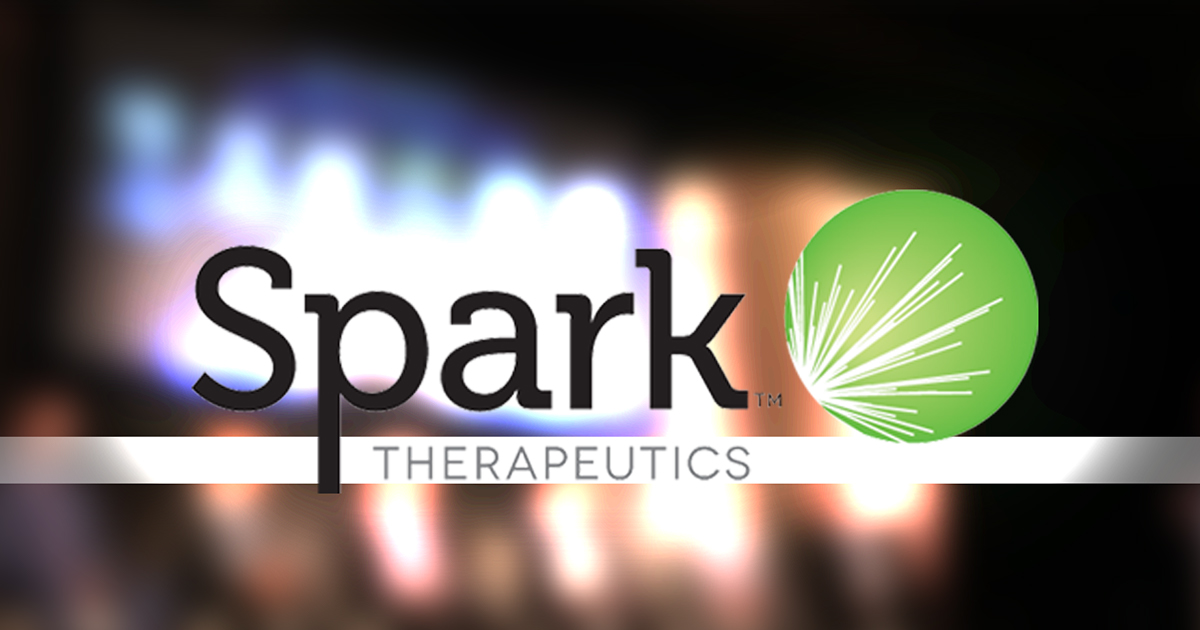Next for Spark: Working Out Payment Models

As the first drug company to get Food and Drug Administration Approval for a gene therapy to treat an inherited disease, Spark Therapeutics has also come in first in developing a payment model for a one-off treatment that will cost in the upper six figures.
To be precise, Luxturna (voretigene neparvovec-rzyl) will come in at $425,000 per eye, CNBC reported, which is under analysts’ predictions of $1 million for treatment in both eyes. The FDA approved Luxturna in December for treatment of biallelic RPE65 mutation-associated retinal dystrophy.
Creative Payment Models
But to arrive at a way to pay for it, Spark had to get creative, and the arrangements the company has disclosed so far seem to fall in line with what experts in drug payment models expected. Last week, Spark announced that it had reached an agreement in principle with Harvard Pilgrim HealthCare to make the drug available under an outcomes-based arrangement that includes rebates if the drug doesn’t work. The idea is to reduce risk and financial burden for payers and treatment centers. Harvard Pilgrim is a non-profit health plan with about 3 million customers in New England.
One thing that’s different about this arrangement from existing payment schemes for physician-administered anti-VEGF therapies like Regeneron’s Eylea or Genentech’s Lucentis is who buys the drug from the manufacturer. Typically, the institutions where physicians administer specialty drugs purchase them from the manufacturer, then file for reimbursement with a markup of 10% plus a 6% fee for injecting the drugs.
However, Harvard Pilgrim would bypass this channel by purchasing Luxturna directly from Spark at a reduced net cost. The agreement ties payment to measured improvements in patients at a 30- to 90-day interval and then again at a 30-month mark. If the therapy fails to perform as agreed upon, Harvard Pilgrim would receive a rebate from Spark. Whether that’s a partial or full rebate is not clear.
The short- and long-term measures will be based on full-field light sensitivity threshold testing scores, with a baseline to be established for each eligible patient before receiving the drug. Harvard Pilgrim will pay treatment centers a fee for administering the therapy. Harvard Pilgrim has also agreed to expedite benefits processing and cap patient out-of-pocket amounts at in-network limits.
Harvard Pilgrim as the Model
Spark is also in talks with other commercial insurers using a similar model under which the payer or payer’s specialty pharmacy, rather than the treatment center, purchases Luxturna. Like the Harvard Pilgrim agreement, Spark wants payers to expedite benefits processing and cap patient out-of-pocket amounts at in-network limits. The payer and treatment center would have to work out the administration fee between them. Spark would assume all drug in-transit, storage, and handling risks.
Spark also has reached an agreement in principle with two affiliates of pharmacy benefits manager Express Scripts – CuraScript Specialty Distribution and Accredo Specialty Pharmacy – to provide Luxturna to their contracted plans. Specific details weren’t available, but Spark in a press release says it will follow the “innovative contracting model” along the lines of the Harvard Pilgrim arrangement.
“For one-time therapies like Luxturna, we believe non-traditional payment and distribution models are needed to ensure that the needs of patients, payers, and providers are fully represented and result in a balanced solution for all parties,” says Steven Miller, senior VP and CMO at Express Scripts.
Value-based Payment: Promises and Pitfalls
Value-based agreements, like the Spark-Harvard Pilgrim arrangement, ameliorate the risk for payers, says Roger Longman, CEO of Real Endpoints, a company that consults on specialty drug reimbursement issues. “These agreements are becoming more common as the cost of specialty pharmaceuticals continues to rise but with no greater certainty that they’ll deliver the clinical results they promise,” Longman says.
Adds former Baxalta executive VP R. John Glasspool, “I do think a performance-based payment over time is probably going to be the fairest to the entire system.” Glasspool is now a senior adviser working on new specialty drug payment models at MIT NEWDIGS (it stands for New Drug Development ParadIGmS Initiative) at Massachusetts Institute of Technology.
Arrangements that dole out payment over time, like the Spark-Harvard Pilgrim agreement, face a number of challenges, Glasspool notes. Among them are: getting patients back for long-term follow-up; and the ever-present portability issue unique to the US private-insurance based system. If a patient gets the treatment under one plan and then switches to another by the time the 30-month post-treatment threshold rolls around, which plan pays for the follow-up visits and how are out-of-pocket costs calculated?
Nobody said coming in first would be easy.
